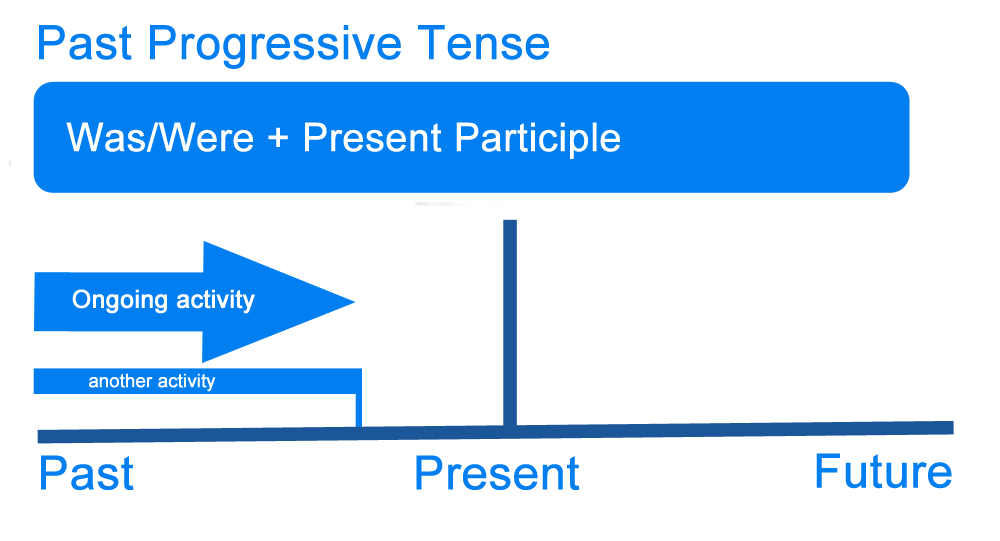Having a deep knowledge of verbs is crucial in order to develop one’s English vocabulary especially when it comes to differentiating between their varied forms. In order to understand verbs in general, we need to know that there are both ‘regular’ and ‘irregular’ verbs depending upon how their past tense and past participle are formed. It can be difficult to distinguish between the two types, as there is no set rule on what specifically makes a verb regular while another one can be irregular. In the case of this particular grammar topic, memorization and practice will make you better at using the correct form of the verb and to have a list of the verbs to study whenever possible.
When it comes to regular verbs, you should know that most verbs are regular verbs and that it’s very easy to change them to the past tense or the past participle. You’re simply going to add ‘-d’ or ‘-ed’ to the end of the verb in order to make it regular in the past tense. A good example of a regular verb would be ‘to play.’ In order to keep ‘play’ as a regular in either the past tense or in the past participle, you would add ‘-ed’ to the end of this word to make it ‘played.’
Example: “I played soccer with my friend Jeremy last night.”
Sometimes, you don’t even need to add –ed to the end of the regular verb but rather just the letter ‘-d’ to make it grammatically correct. A good example of that would be for the verb ‘to dance.’ In this case, you could add ‘-d’ to ‘dance’ to make it ‘danced’ for it to be a regular verb in the past tense.
Example: “We danced as a couple for the first time on our wedding night.”
Short List of Regular Verbs
Talk
Create
Walk
Want
Use
Help
Move
Call
Live
Follow
In each of these ten regular verbs, the simple past and the past participle are both the same and come with an –ed at the end of the verb. When it comes to a few select regular verbs, you may change a ‘y’ in the word for ‘-ied.’ For example, ‘try’ is the regular form of the verb in the present but to change it to the past tense, you need to drop the ‘y’ and add ‘ied’ to become ‘tried.’ Also, the regular verb ‘stop’ is an exception in that you add an additional ‘p’ after ‘stop’ as well as put on ‘-ed’ after the ‘p’ to create ‘stopped’ for the simple past and past participle. Regular verbs may have some variation to their formation but not as much when compared to irregular verbs.
Unfortunately, to the consternation to those English learners looking for an easy fix to the regular v. irregular verb debate, there is no magic wand or solution to know a rule to differentiate the two categories. It is known to most that there are over two hundred and fifty irregular verbs in the English language, which is a manageable amount for the average learner to remember since there are thousands of active verbs in the English language. While there is no strict formula or rule behind what separates a regular vs. an irregular verb, there are some fairly common forms of the irregular verb to be aware of.
Short List of Irregular Verbs
Arise
Become
Choose
Deal
Drink
Eat
Forget
Leave
Lose
Mean
Examples:
(Simple Present – Simple Past – Past Participle)
Break – Broke – Broken
Swim – Swam – Swum
Drive – Drove – Driven
Bear – Bore – Borne
Begin – Began – Begun
Examples:
- He broke his guitar strings from jamming too hard.
- Ben drove all through the night to get to his brother’s soccer game today in Chicago.
- Jackie swam for over ten miles to reach the final line of the triathlon competition.
- The Russian army bore the mass majority of military casualties during World War II for the allies.
- We began our day with a hearty breakfast before beginning the climb to the summit of Mount Kilimanjaro.
When it comes to irregular verbs, there are three types of verbs that we can remember in terms of formation.
The first type is when the verb is the same for the simple present, simple past, and even the past participle. (Examples: put, hit, read)
Put – put – put, hit – hit – hit, read – read – read
The second type is when the verb is the same for two of the three grammar forms. (Examples: sit, keep, lend)
Sit – sat – sat, keep – kept – kept, lend – lent – lent
The third and last type is when the verb is formed directly for each of the three grammar tenses. (Examples: know – grow – freeze)
Know – knew – known, grow – grew – grown, freeze – froze – frozen
Regular and irregular verbs can be even trickier when you realize that a verb can be both regular and irregular at the same time. Now, while that isn’t very common, it can happen every now and then so it’s important to familiarize yourself with those few examples that can be both regular and irregular as a verb.
Examples:
Burn – burned – burned (regular)
Burn – burnt – burnt (irregular)
Learn – learned – learned (regular)
Learn – learnt – learnt (irregular)
Smell – smelled – smelled (regular)
Smell – smelt – smelt (irregular)
In the case of these verbs, the difference between what’s regular and irregular is the ending of the word. Instead of adding an ‘-ed’ to the simple past or the past participle, you can add an ‘-t’ to the verb to make it irregular.
Overall, the topic of regular and irregular verbs can cause some confusion to the average English learner. However, the best way to be better adept at this topic is to really study these grammar tables and to consult your dictionary as well. Building up your vocabulary by using these verbs in your sentences will help you better understand whether or not it is regular or irregular in terms of its’ usage in the past.
Having a list of both regular and irregular verbs is key in terms of mastering the usage of them. There are also only two hundred and fifty irregular verbs so with time and effort; you will be able to separate them out from the thousands of regular verbs in the English language. Patience, diligence, and a good dictionary will help you become proficient in learning and using both regular and irregular verbs.




